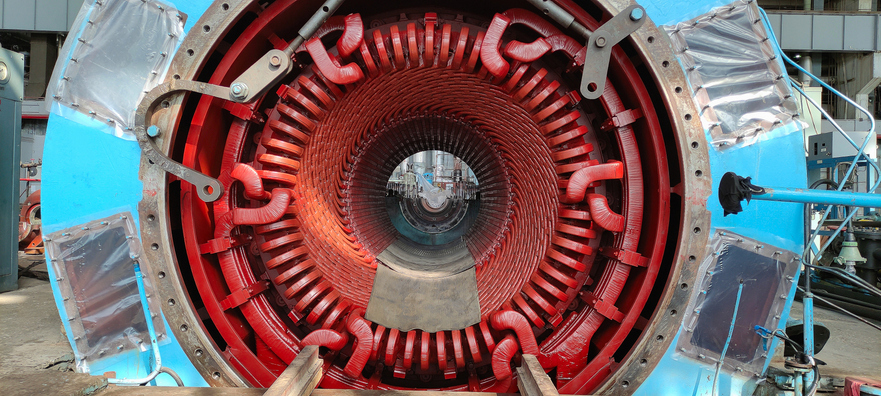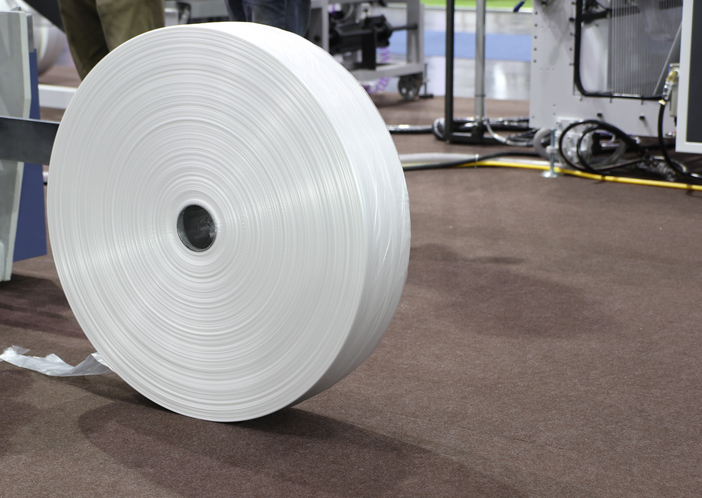Today, a large portion of Electrolock’s business involves supporting our customers with bespoke insulating solutions for a wide variety of applications related to high and medium voltage power. Designed specifically for a customer’s application, these engineered products provide an answer for demanding customers trying to solve their industries’ most complex problems. No matter the challenge, we are up to the task and ready to help.
The case study below provides a unique look into the process of developing a product for a customer with a specific end goal. From conception, through testing all the way to implementation and mass production, we take pride in carrying each project through to the finish line.
Who is the Customer?
The customer is a mid-sized electronic components manufacturer looking for an automatable solution that would allow them to insulate a battery housing for one of their products. They have been using a manual process to add the necessary dielectric insulator to the housing since inception, but the labor has grown costly and slow creating a bottleneck in production. The most important factor driving them to seek a process change is a need to improve the line speed and production numbers for this product in order to keep up with demand. A common challenge to be sure, and one we can all empathize with. How do we keep up with demand in a profitable and sustainable way?
The process engineer from the company began looking for ways of improving their throughput. They reached out to a handful of vendors they had worked with in the past or met through the last tradeshow. One of those companies was Electrolock, from whom they had been purchasing other insulation materials for a few years.
Taking the first step
The conversation with the Sales Engineer is the first step in the process and a crucial one. The viability of a product or process needs to be determined early on. The application demands need to be discussed along with any restrictions and expectations in order to determine if a project is even feasible, given our capabilities. Once that has been established the next step is determining what the customer’s budget is for this particular application. This early on in the process, that can be hard for some customers to work out. We try to help by aligning all of the variables and any current costs associated with the current process. For other customers, the budget is a firm, immovable number. In the end, the budget discussion allows us to make better decisions and focus on the sustainability of the solution to be developed. As the old saying goes, we don’t want to design a $5 fix for a $0.02 problem. That helps nobody. Much like the budget discussion we also need to know rough annual consumption information to ensure we develop a solution that makes sense for the demand and budget.
With that first discussion completed, we both have a clear picture of the target and goals and can get to work on understanding what our options are. A call with our engineering team is a great way to dive into the technical details, begin considering material options, and really filling in the picture that will guide the rest of the process. The budget and technical requirements of the product really help us focus on the appropriate material to accomplish the goal. In this case, a simple, common polymer film seemed an adequate, reliable, and affordable solution for the insulating cover, meeting the dielectric strength requirement and a durability requirement that came out of the engineering brief. The question now becomes, how do we automate its application without designing some exorbitant custom machinery? We decided a continuous shrink tube would be a likely solution as it could be fed from a roll into an assembly line directly onto the housing, cut to size, and passed through a small oven. A mechanically bonding solution that provided nearly double the necessary insulative properties and would also fit within the budget. The problem? A tube of this particular material at the required size and thickness wasn’t available off the shelf. It would need to be made in-house, out of flat film.
Getting to Work
Luckily this is right up our alley. We have been converting flat films and papers into tubes for decades, though not this material and size combination. We offered to make up some samples for the customer in exchange for a scheduled test in which we could get some feedback on the performance. The customer agreed and within a week, the samples were manufactured and shipped to the customer’s manufacturing facility. We provided three different types of the tube made in slightly different ways so that we could optimize the fit, application, and performance to meet or exceed those requirements set in the review call. One of our Sales Engineers visited the customer’s facility to discuss the results of the tests and was pleased to find out that 2 out of the 3 samples met or exceeded the performance requirements and the customer was excited with the performance of one sample in particular. In the test, the application of the tube onto the housing was effortless and the tube shrunk perfectly onto the housing with precision. This was a clear winner.
The following week the customer requested a small batch of the chosen sample tubing. They wanted to test it in an automated process, so they requested several hundred feet. We agreed on a price for the trial material and samples were made and shipped. During this time, we worked with the customer on locking down estimated volumes and pricing for the tubing including lead-times and production capacity. We came to an agreement that based on the findings of the trial, we had created an effective solution and that the customer would purchase a primary ship-set for manufacturing implementation. All dimensions and packaging were discussed to ensure all expectations were met. The trial completed successfully, and the customer agreed to make a primary ship-set purchase with a 4-week lead time. A spec was drawn up, materials ordered, and manufacturing scheduled.
Once the first ship-set had been manufactured, our Sales Engineer visited the customer’s facility for the first day of production to ensure he was available and on-site should they encounter any difficulties that didn’t present during the tests or trial. As expected, all went well, and the customer is using the solution successfully to this day.
Electrolock has been supporting the electrical industry in a wide range of applications for the better part of the last century. We are the most innovative and trusted problem solvers in the electrical and thermal insulation industry. When others give up, we get started. Tell us about your unsolvable problems and we are sure to come up with an elegant solution that not only works but fits your project requirements and budget.




